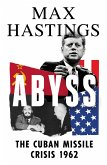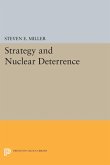Through a reliance on nuclear weapons, President Eisenhower hoped to provide a defense strategy that would allow the U.S. to maintain its security requirements without creating an economic burden. This defense strategy, known as the New Look, benefited the U.S. Air Force with its focus on strategic nuclear weapons. The U.S. also required European missile bases to deploy their intermediate range ballistic missiles, while efforts continued to develop U.S.- based intercontinental ballistic missiles. Deploying such missiles to Europe required balancing regional European concerns with U.S. domestic security priorities. In the wake of the Soviet Sputnik launch in 1957, the U.S. began to fear Soviet missile capabilities. Using European missile bases would mitigate this domestic security issue, but convincing NATO allies to base the missiles in their countries raised issues of sovereignty and weapons control and ran the risk of creating divisions in the NATO alliance.








